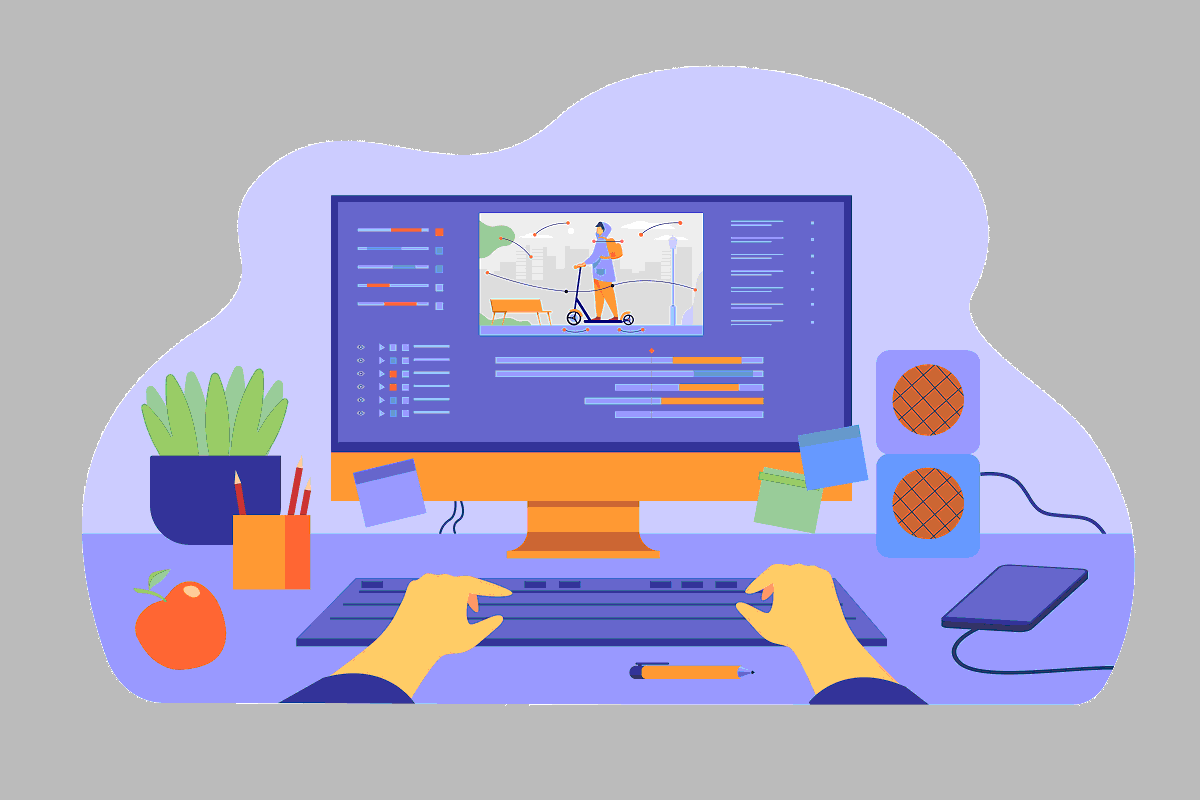
In today's technology-driven world, the use of technology in language education has become increasingly common. Computer Assisted Language Learning (CALL) is a method of language teaching that uses technology to facilitate language learning. This method has proven to be effective in enhancing language learners' motivation, engagement, and proficiency levels. In this article, we will explore the definition, benefits, and applications of CALL in second language education, and provide insights into its impact on learner outcomes and teaching methods.
Definition and History of CALL:
CALL is a term used to describe the use of technology to support language teaching and learning. It has been around since the 1960s, when language learning programs were first developed for mainframe computers. Today, CALL encompasses a wide range of technologies, including multimedia, online learning platforms, and mobile applications.
Advantages and Limitations of CALL in Language Education:
CALL offers a number of advantages for language education. For example, technology provides language learners with access to a wide range of resources, such as authentic texts, multimedia materials, and interactive activities. This diversity of resources enhances learners' motivation and engagement, as well as their language proficiency levels.
However, there are also some limitations to the use of CALL. For example, technology can be expensive and may not be accessible to all learners. Additionally, technology can also create distractions and reduce face-to-face interaction, which is important for language learning.
Latest Research and Advancements in CALL:
There have been many studies conducted on the effectiveness of CALL in language education. A 2019 study found that CALL has been found to improve language learners' motivation, engagement, and proficiency levels. Another study in 2018 demonstrated that CALL was effective in increasing learner engagement in a Spanish language course by over 50% compared to traditional face-to-face instruction.
Types of CALL and their Applications in Language Education:
There are various types of CALL, each with its own unique features and applications in language education. Some of the most common types of CALL include multimedia programs, online language courses, and mobile language learning applications.
For example, multimedia programs can be used to provide language learners with visual aids, such as images and videos, to support language acquisition. Online language courses can be used to provide language learners with access to authentic materials and interactive activities, while mobile language learning applications can be used to provide language learners with a convenient and accessible way to learn on the go.
Impact of CALL on L2 Learner Outcomes:
The impact of CALL on language learner outcomes has been widely studied and researched. CALL has been found to be effective in enhancing language learners' motivation, engagement, and proficiency levels. Additionally, CALL can also support language learners in developing a wide range of language skills, such as listening, speaking, reading, and writing.
Best Practices and Pedagogical Approaches in CALL:
There are a number of best practices and pedagogical approaches that can be used to maximize the benefits of CALL in language education. For example, technology can be used to support authentic language use, to provide language learners with diverse resources and materials, and to provide opportunities for learners to interact with each other and with authentic materials.
Examples and Case Studies of Successful CALL Implementation in Language Education:
There have been many examples of successful CALL implementation in language education. For example, a case study in 2018 demonstrated that CALL was effective in increasing learner engagement in a Spanish language course by over 50% compared to traditional face-to-face instruction. Additionally, a number of language schools and universities have successfully integrated CALL into their language instruction curriculum, offering students a more interactive, engaging, and personalized learning experience. For instance, the University of Texas at Austin has implemented a CALL program that allows students to practice their language skills through interactive activities, such as games and simulations, while also receiving instant feedback and corrective instruction.
Moreover, CALL has also been found to improve learner motivation, engagement, and proficiency levels. According to a 2019 study, CALL has been found to improve language learners' motivation, engagement, and proficiency levels, making it an effective tool for language instruction. Furthermore, CALL also provides students with more opportunities for self-directed learning and practice, allowing them to progress at their own pace and take control of their language learning journey.
Conclusion
In conclusion, CALL is an effective tool for second language education and has been shown to provide a range of benefits to language learners, including improved motivation, engagement, and proficiency levels. With the continued advancement of technology and the increasing popularity of e-learning, CALL is likely to play an even greater role in language education in the future. Educators, language learners, and instructional designers should continue to explore and embrace the benefits of CALL in language education, leveraging its many advantages to maximize learner outcomes and create meaningful and effective learning experiences.
Computer

